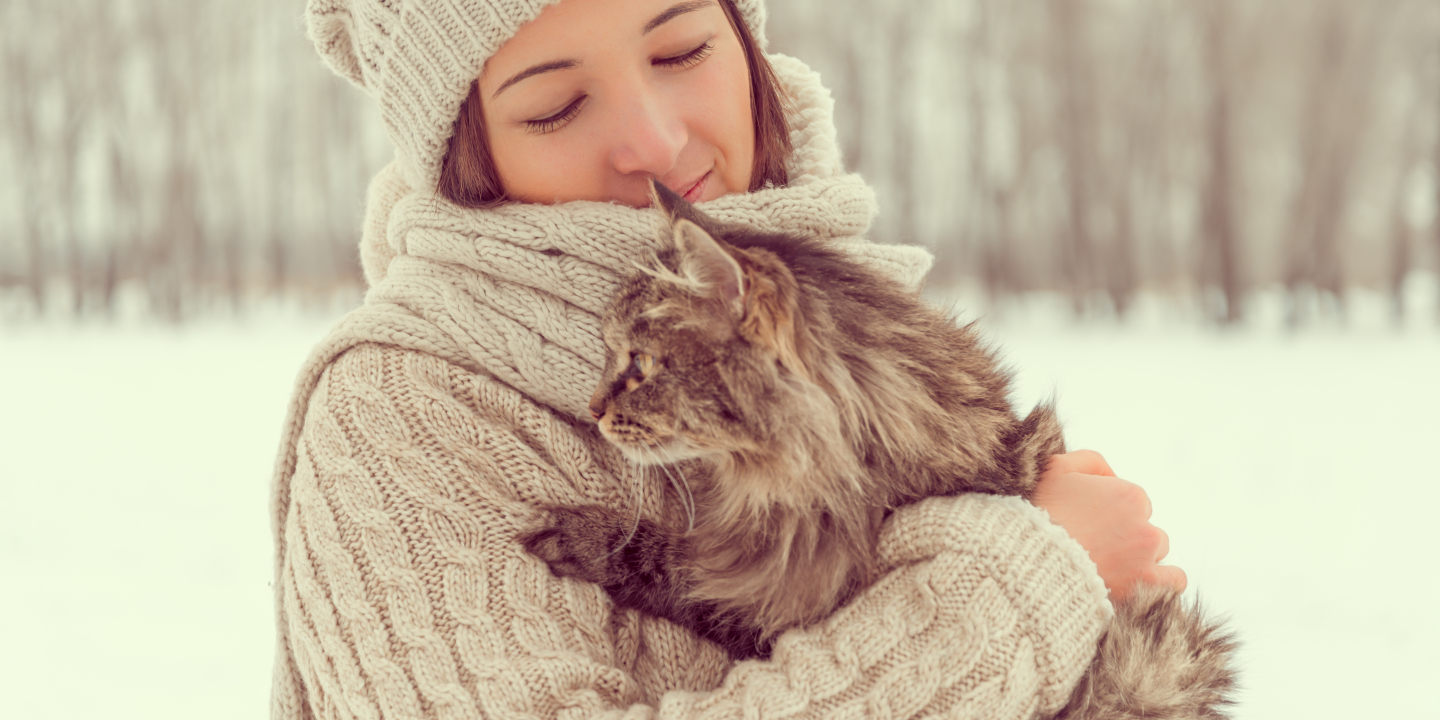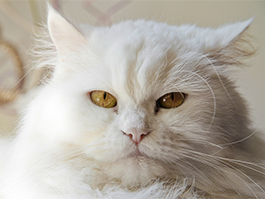Polycystic Kidney Disease
Occurring most frequently in Persian cats, polycystic kidney disease is an inherited disorder in which small, closed, liquid-filled sacs develop in the tissue of the feline kidney. These sacs (cysts) tend to multiply in number and grow in size over time, eventually overwhelming normal kidney tissue and often leading to potentially fatal kidney failure. There is no explanation for the development of these cysts except for a genetic anomaly that is evident primarily in Persians and occasionally in a few other feline breeds, such as Himalayans and British Shorthairs.
“You can have one large cyst or 30 or more small cysts,” says Richard Goldstein, DVM, associate professor of small animal medicine at Cornell University’s College of Veterinary Medicine. “In an advanced stage of the condition, it’s possible for the sacs to become so large and numerous that you can actually see the kidney’s outline when an affected cat is lying on its back. When you examine the animal, the kidney will seem to be unusually large, but you may not be able to actually feel the stones because they’re on the interior wall of the organ.” Eventually, however, the cysts may become so large that their bulging distends the kidney’s surface and can be felt during the course of a veterinary examination.
In an affected cat, the cysts are present at birth and, though minuscule, may be diagnosed in kittens as young as six months of age. The number of these cysts varies from cat to cat, as does their size and the rate at which they grow within the kidney. The growths in a mature cat typically range in size from less than one millimeter to more than a centimeter in diameter. Clinical signs of polycystic kidney disease are most often recognized in cats that are seven years of age or so, although the disorder may be diagnosed in patients that are several years younger or older than that.
The clinical signs of this condition are typically the same as those associated with kidney disease in general, says Dr. Goldstein: increased drinking and urination; diminished appetite and weight loss; nausea and vomiting; and lethargy. “It’s not like there’s a cluster of grapes inside the kidney,” he points out, “so you usually can’t feel the cysts by themselves. And you can’t see them on a radiograph. You can run a genetic test, but that won’t tell you how seriously the cat is affected. So the only way to get a definitive diagnosis is by using ultrasound.”
It is conceivable, according to Dr. Goldstein, that cysts within the kidney could be drained with a needle in a procedure guided by ultrasound imaging. “But there usually are so many cysts,” he notes, “that this is not a viable option. And even if you did drain all of them, they would fill up with fluid again.” So the only feasible approach to managing the condition, he points out, is the same as that recommended for addressing kidney failure in general—a combination of diet control, fluid therapy, and certain medications that are prescribed by a veterinarian. “The goal is to keep the kidneys as happy as we can for as long as we can,” says Dr. Goldstein.
Considering the dreadful implications of polycystic kidney disease, owners should take advantage of the only method known to prevent its occurrence. That is, any cat considered to be a possible carrier of the gene responsible for the disorder—especially a Persian cat—must undergo a test to determine whether or not it is indeed harboring the responsible gene. If it turns out that the cat is in fact carrying the gene, it must not be allowed to breed.





